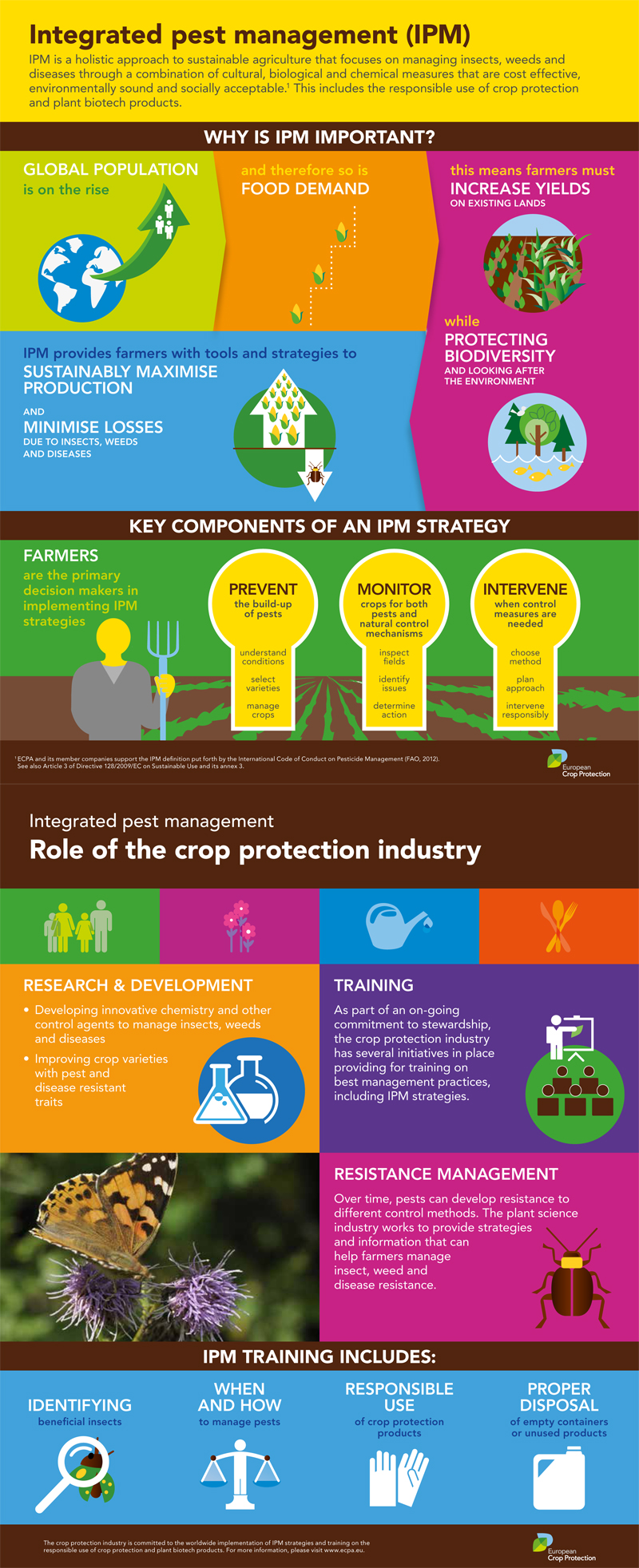Recognizing Rodent Habits: Specialist Insights For Effective Bug Control
Recognizing Rodent Habits: Specialist Insights For Effective Bug Control
Blog Article
just click the up coming page -Morgan Brun
Think of having the ability to prepare for the steps of your opponents in a game of chess, constantly remaining one action in advance.
Worldwide of parasite control, comprehending rodent habits resembles having that tactical advantage. By getting expert understandings into the nesting behaviors, feeding patterns, and interaction and social actions of rats, you can effectively battle these pesky animals.
But exactly how specifically do rats act, and why is it vital to know? In this conversation, we will certainly unwind the secrets of rodent habits, giving you with beneficial expertise that will help you stay ahead in the fight versus pests.
Are you all set to discover the tricks of these shrewd animals?
Nesting Habits
To comprehend rodent habits and successfully control parasites, it is necessary to get insight into their nesting behaviors.
Rodents, such as mice and rats, have a natural instinct to discover shelter and develop nests where they really feel secure and safe. These nests serve as their homes, breeding premises, and storage areas for food. Understanding their nesting behaviors can assist you recognize potential locations of invasion and apply targeted control steps.
Rodents normally choose nesting in dark, secluded rooms, such as attics, cellars, crawl spaces, and wall voids. They make use of products like shredded paper, material, insulation, and also chewed-up electrical cables to develop their nests.
Feeding Patterns
Rats exhibit distinct feeding patterns that play a crucial duty in their behavior and can notify effective pest control strategies. Comprehending these patterns is important for applying successful pest control measures.
Rodents are opportunistic feeders, implying they'll eat whatever food is readily available. They've a preference for high-calorie foods such as grains, nuts, and seeds. This is why correct storage space of food and waste administration are crucial in preventing rodent infestations.
Furthermore, termite tubes are nocturnal, which suggests they're most energetic throughout the evening when they look for food. By knowing their feeding patterns, you can tactically place traps and lures to maximize their efficiency.
Maintaining food resources unattainable and preserving a clean atmosphere can assist prevent rodents and decrease the threat of invasion.
Communication and Social Habits
Recognizing how rats connect and communicate socially is crucial for effective parasite control methods. Rats, like computer mice and rats, have complex communication systems that they use to convey information to each various other and collaborate their activities. Here are three essential elements of rodent interaction and social actions:
1. Articulations: Rats create a wide variety of vocal audios, consisting of squeaks, chirps, and chattering, to connect with each other. These vocalizations can convey numerous messages, such as risk warnings or mating calls.
2. Scent marking: Rodents use scent glands to leave chemical signals on things and in their environment. These scent marks serve as territorial boundaries and connect info about reproductive standing, dominance, and social association.
3. Social hierarchy: Rats have a hierarchical social structure, with leading people having access to resources and preferred nesting sites. Recognizing this hierarchy is essential for targeting bug control initiatives and recognizing essential people for elimination.
Final thought
So, there you have it - a brief glimpse into the fascinating world of rodent behavior. By comprehending their nesting practices, feeding patterns, and interaction, we can much better deal with the issue of parasite control.
Did you recognize that a female computer mouse can produce up to 10 trashes per year, with each clutter consisting of around 5-6 pups? This unbelievable figure highlights the importance of prompt and efficient bug administration to avoid rodent populaces from spiraling unmanageable.
